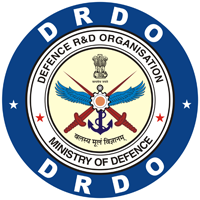Library and Information Science Journals Enlisted in UGC-CARE
A Webometric Analysis
DOI:
https://doi.org/10.14429/djlit.20205Keywords:
Webometric, LIS, UGC-CARE list journals, Web impact factor, Simple link WIF, External link WIF, Self-link WIFAbstract
The Web Impact Factor (WIF) was introduced by Peter Ingwersen in 1998 as a quantitative measure derived from link frequencies. In this study, webometric tools and indicators are used to examine the websites of Library and Information Science (LIS) journals listed on the UGC-CARE List in India. The study utilises several parameters, including simple Web Impact Factors (WIFs), self-link Web Impact Factors (SLWIFs), external link Web Impact Factors (ELWIFs), backlinks, and broken links. The findings of this research article reveal that the predominant domain extension among the UGC-CARE list journal websites is “.in”, accounting for 89 % of the total, followed by “.org.” 11 %. “RBU Journal of Library and Information Science” leads with a SWIF of 0.1151, signifying significant website impact. “College Libraries” and “Library Herald” follow closely at 0.0597 and 0.0541, respectively. “Library Herald” leads with an ELWIF of 0.0366, emphasising substantial external linking. “RBU Journal of Library and Information Science” follows closely at 0.0168, indicating noteworthy external references. The “IASLIC Bulletin leads the ranking,” boasting an RWIF of 0.280672, closely trailed by “College Libraries” with an RWIF of 0.208871.
Downloads
Published
How to Cite
Issue
Section
License
Copyright (c) 2025 Defence Scientific Information & Documentation Centre (DESIDOC)Except where otherwise noted, the Articles on this site are licensed under Creative Commons License: CC Attribution-Noncommercial-No Derivative Works 2.5 India




